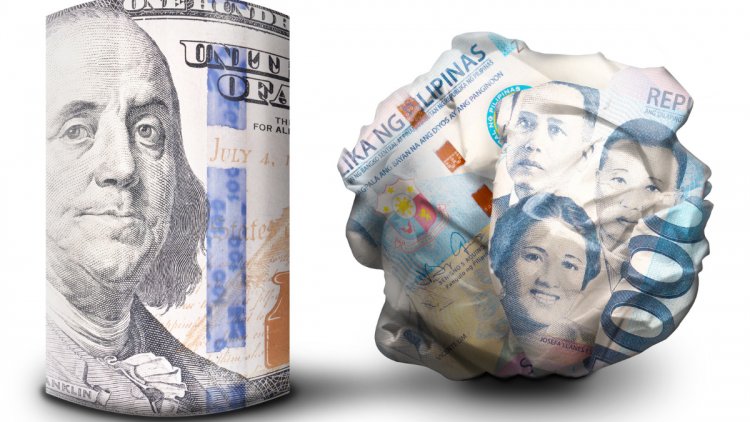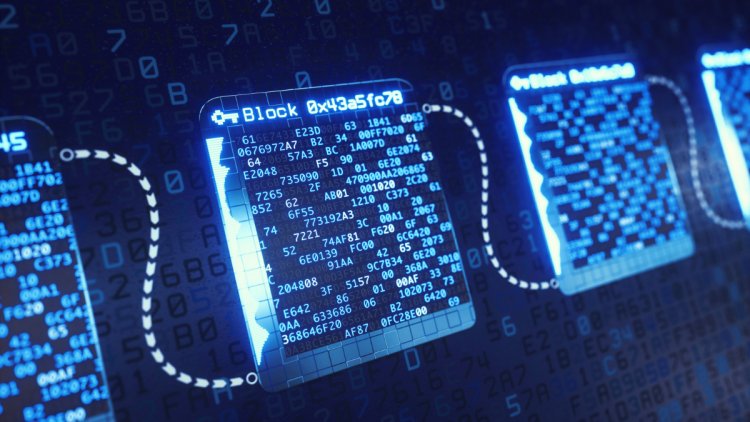Types Of Cryptocurrencies
Here are the largest cryptocurrencies by the total dollar value of the coins in existence.

types of cryptocurrency
The term cryptocurrency is not new, having been used by a number of people for centuries in various forms, however, the early days of bitcoin were where it all began for its invention and emergence as an alternative to conventional currencies like gold and fiat currencies. The concept was first introduced into our history as an investment asset by Satoshi Nakamoto in 2008 while researching blockchain technology. But when he created his famous paper “Bitcoin is a cryptocurrency” it took everyone by surprise as he introduced us to an entirely unknown coin that only existed because of a few people and with less than 1% of the world’s supply. If you think cryptocurrencies are something out there waiting to be discovered and have some form of value then Bitcoin was where the idea came from. And now here we have an established digital currency that has changed our lives forever. This digital asset allows for easy transactions between buyers and sellers without any middleman or intermediaries present, even if they will be both involved in those transactions. The fact that money can be stored within this type of device means that no one and no organization is left behind by the lack of access or control over the number of funds available in this crypto-currency.
There are many different types of cryptocurrencies each of which has different functions as a medium of exchange, store of value, and so on. With so much variation and change in the structure of these coins, it would be really difficult to keep track of everything and so if I tried I wouldn’t know what type of cryptocurrency it was under the hood and who owns it – this sort of thing. In order to make sure you know exactly what kind of cryptos you can use you need to take a look at these three key points and help determine your own requirements:
How does it work? How do you get involved? What do you expect?
Here are the main types of cryptocurrencies and their functionalities.
- Fiat Currency – Generally this is where the government plays the role of controlling the distribution and supply of funds to specific nations or organizations. To make sure the state holds its assets there is often legislation that requires it to hold certain amounts of funds available before it can distribute them through local banks or companies. These funds are generally the result of tax or other forms of revenue that the government has collected from its citizens, although they also come in the form of taxes that the country sends to the IMF, which regulates whether this income should be distributed worldwide. Fintech solutions have sprung up to bring finance to developing countries and small businesses so they can invest in their future with little to no investment or capital. Many people see the impact that western finance has had on developing nations as their governments become more corrupt and less beneficial such as sending the poor overseas for economic improvement and growth.

- Gold Standard – It is very similar to traditional fiat currencies in that it provides a way of exchanging goods and services and there really isn’t one single coin available in the market that fits all needs. It is therefore the currency used by most central banks and also commonly seen to be backed by other valuable currencies such as dollars or euros. It generally is accepted by law and does not require any third party involvement in managing it and therefore has a low risk of losing its value since it’s governed by law. There is a minimum level of security with no inflation risks and the average person doesn’t need to pay too much attention the process is self-explanatory and simple.

- Blockchain Technology – Originally described as the decentralized database system and distributed ledger technology but now known more widely as decentralized currency network and distributed consensus system. Each node serves on a shared platform and collects data that serves as proof of identity and authenticity but ultimately the ledger itself maintains the record of valid transactions and ensures these records are accurate and complete. As well as being able to provide decentralized information to any parties involved this can act as a public display and store of information across multiple devices so that anyone can view data in real-time in addition it allows for peer to peer network effects as you can connect to others on your own without intermediaries – this can greatly increase business and trade. Using the power of the network of nodes we don’t have to worry about security or security threats that occur due to malicious users (like hackers) and therefore much less security and thus more stable and easier to live under.

The three components or parts of a blockchain that makes it possible to create a functioning system are the technology itself, the software, and human elements. The technology is what makes the internet so flexible and dynamic and by making the computer process all the required tasks the user can take advantage of the computing resources and storage space to do the task they can perform at a higher speed and lower cost. Since computers are cheaper to operate than ever before the storage space for programs is very limited. However, there is a technology for increasing the storage space – instead of just storing files and data files that are hard to read by humans the computer system will store files that are much more readable and are highly volatile so they are usually encrypted to protect themselves and their data from theft or destruction. This is why many people use the blockchain as a way of creating an immutable record of data, the data is recorded using cryptographic techniques to ensure information is not lost.
The second component of the network is the software and how it works is exactly what makes the whole thing work. The software that runs on the computer performs computations, reads, and writes blocks of information, adding them together to form a cluster of computers. Computers that work optimally and in unison with each other when working independently are collectively referred to as clusters and in case you want to add supercomputers that are linked by communication systems that are connected by satellite to make the whole network and distributed network stronger. You can also buy computers and computer hardware separately that are pre-installed with pre-programmed operating programs and operating systems as well as specialized software which acts as a virtual machine. This allows the computers to run individual software, also known as servers, and make use of additional machines to work in conjunction. Since computers are smaller and faster than ever before computers are able to share information quicker than before and can be updated quickly which improves overall performance and increases the chance that the company will grow and adapt to changing conditions. Some companies have invested millions of pounds of their spare cash into upgrading their entire computers so they can support more advanced hardware such as routers and routers. Companies are increasingly investing in buying and renting large machines that are capable of running dozens of computers simultaneously and can also provide backup services for their computers. Even though computers are cheaper and much better, they still only represent around half of the total world’s economy which accounts for approximately 20% of global jobs. One solution in place though is the cloud which offers unlimited storage. Cloud-based hosting environments allow customers to store their data such as intellectual property, customer data, corporate data, financial trading operations, and software and database records. All these records can be accessed anywhere and all cloud-based applications and databases are managed centrally. The advantages of clouds include flexibility, scalability, high availability, data redundancy, and continuous improvement. There are several major cloud providers and companies that offer services to companies, however, despite this being a popular option it can easily become expensive if your company needs to deploy hundreds of thousands of server and database machines, require enormous amounts of storage space, or hire specialized IT staff to manage them all. Google and Microsoft are prime examples where cloud is used extensively. Their open-source project “Docker” is used by tens and sometimes hundreds of thousands of developers to build custom applications and websites but it’s clear that this isn’t going to replace the traditional website where content has to be uploaded manually on your website for example images, video, and videos.
The final part of the network is human elements in the form of engineers who are responsible for implementing decisions that affect the entire network, managing issues, and changes, and also offering advice. They monitor and update the code, which means that computers constantly update the blockchain when changes come up and are available. Currently, this involves experts working away from home and so there is a lot of flexibility. Engineers are needed throughout the year to develop new processes and to test new technologies, but with modern web technology, the demand for these professionals is growing at astronomical rates. If you can get these teams to join a group and share information there is more flexibility as the group can see beyond the boundaries of the networks and work together in areas that they are interested in. People can travel all over the world providing updates to the network or joining groups via the internet. Some services offer group meetings where members can discuss issues from different parts of the world and learn how things are done, whether the information presented is correct or not, and so on.
The main difference from normal currencies is that it’s backed by an actual asset. A common form of currency in the 21st century with numerous banks and financial institutions being regulated was the U.S dollar. This is backed directly by the Federal Reserve Bank through the treasury department, which acts as the bank’s banker, lending arm, and regulatory authority to regulate any activity taking place in any sector and ensure that money is safe from fraud. Central banks are tasked with the management of assets, the foreign exchange reserves, and the interest rate. Central banks consist of independent units that are legally autonomous and can be set up to carry out banking transactions for the nation of their choosing. After a series of scandals involving the Fed, Congress and the Treasury Department came to the conclusion that the central banking system in the US is inefficient and lacked transparency which meant the US could no longer afford to keep banks involved and it had been announced that the Federal Reserve System would merge into a national bank under the name “The National Association” by September 2013. The merger was scheduled to take place until June 2018 by which time the Fed was expected to have merged with another federal entity called the Federal Reserve Board. Although the SEC
What's Your Reaction?


















